“Spring Festival” or Chinese New Year is known and important as an important event not only in China but also in the whole world. Determined by the lunar calendar, this celebration symbolizes new beginnings, joy, and family unity. The event is celebrated with red lights, dragon dances and fireworks, promising people good luck and good wishes for the coming year. The date of Chinese New Year is determined by one of the 12 zodiac animals every year and gives this celebration a special meaning.
Overview of Chinese New Year dates at a glance
Chinese New Year, also known as the Spring Festival, is the most important festival in China, as well as the most important family event and includes a week of public holidays. The history of Chinese New Year can be traced back to about 3500 years ago. This celebration has evolved over a long period of time and the passage of time has affected its customs.
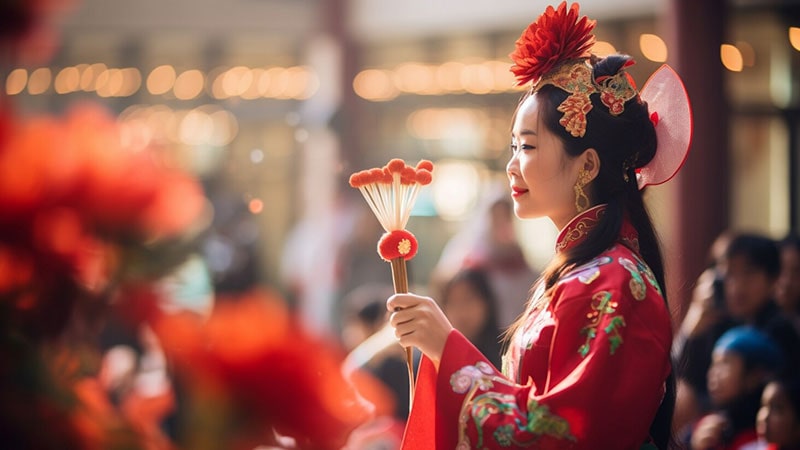
The origin of the history of Chinese New Year in the Shang Dynasty
Chinese New Year has a history of about 3500 years, but there is not enough information about the exact date of the beginning of this celebration. Some people believe that the Chinese New Year began in the Shang Dynasty (1046-1600 BC) when people held sacrificial ceremonies in honor of the gods and ancestors at the beginning or end of each year.
The appearance of Nian according to the Chinese calendar in the Zhou Dynasty
The term nian (“year”) first appeared in the Zhou Dynasty (1046-256 BC). At that time, it was a custom to sacrifice to the ancestors or the gods. At the beginning of the year, nature was honored to bless the harvest.
Record the date of the Chinese New Year in the Han Dynasty
The date of Chinese New Year is determined by the first day of the first month in the Chinese lunar calendar, in the Han Dynasty (202 BC – 220 AD). Some celebratory customs such as burning bamboo to make a loud noise became common during this period.

New Year customs in Wei and Jain dynasties
In the Wei and Jin dynasties (220-420), people added new customs to the Chinese New Year besides worshiping gods and ancestors and burning bamboo. Gathering the family together to eat New Year’s food and cleaning the houses before the beginning of the year are examples of these ceremonies that originated from ordinary people.
As the Chinese New Year became more glorious from the Tang to Qing dynasties
Economic and cultural prosperity during the Tang, Song and Qing dynasties made the Chinese New Year even more magnificent. It was at that time that the customs during the festival became similar to the customs of the modern era!
Lighting firecrackers, meeting relatives and friends and eating meatballs were the most important parts of this celebration. There were also more fun activities like watching the dragon and lion dances during the temple fair and enjoying the lantern shows. In fact, during this period, the history of Chinese New Year took another form and the function of the spring festival changed from a religious theme to an entertainment and social one.
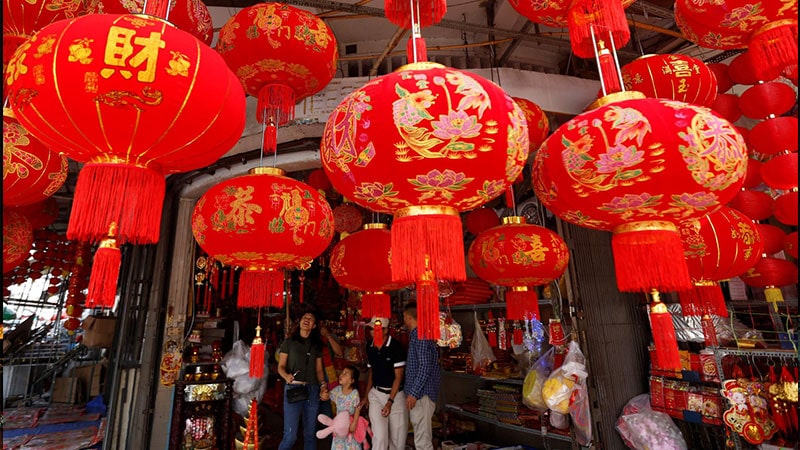
Read more: Travel guide to China in spring
Chinese New Year in modern times
In 1912, the government decided to abolish the Chinese New Year and the lunar calendar, but adopted the Gregorian calendar instead, declaring January 1 as the official start of the new year. After 1949, Chinese New Year was renamed to Spring Festival and was included in the list of national public holidays.
Today, many traditional activities are disappearing, but new trends have been created. Spring Festival, online shopping, WeChat red envelopes, firework displays, and overseas travel have made Chinese New Year more interesting and colorful.

When is Chinese New Year?
The date of Chinese New Year is determined by the lunar calendar. This holiday falls on the second new moon after the winter solstice on December 21. In fact, every year the Chinese New Year falls on a different date of the Gregorian calendar. But in general, the New Year celebration date is usually between January 21 and February 20.
The reason why Chinese New Year is known as Spring Festival
Although the date of Chinese New Year is in the winter season, it is known as the spring festival in China. Since the year begins with the beginning of spring (the first part of the twenty-four periods in harmony with the changes of nature), the new year also marks the end of winter and the beginning of spring.
The Spring Festival marks a new year in the lunar calendar and represents a desire for new life.
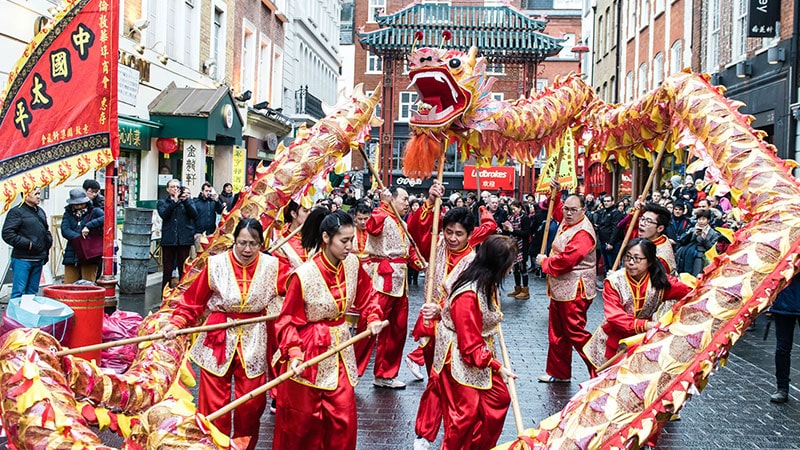
Legend of the history of Chinese New Year
Chinese New Year, like all traditional festivals in this country, is full of stories and legends. One of the most popular legends is about the animal “Nian” that eats livestock, agricultural products and even people themselves on the eve of the New Year. (Interestingly, Nian, the “annual animal” is known as “year” in Chinese.) As the New Year begins, people leave food for the Nian to prevent it from wreaking havoc.
This legend says that a wise old man realized that Nian was afraid of loud noises (crackers) and the color red. So people would put red lanterns and scrolls on their windows and doors to keep the nian from entering, and bamboo (later replaced by firecrackers) to scare the nian away! By doing these things, the Nian monster never appeared again!
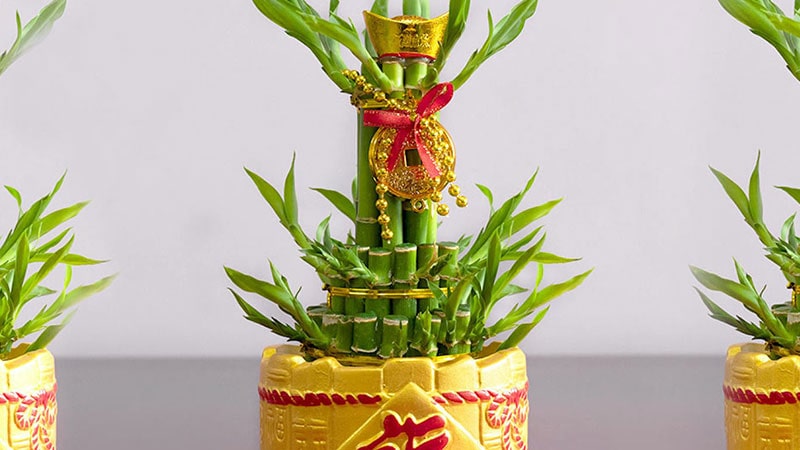
Read more: China Lantern Festival, the joy of light dancing at night
Chinese New Year traditions
Although China has embraced new and more modern traditions over the years, such as online shopping and the Spring Festival, most New Year traditions still go back thousands of years:
- One of these traditions is the use of red lanterns and firecrackers.
- Another tradition that has remained in these celebrations and has kept the history of Chinese New Year alive is the exchange of red envelopes filled with money. This tradition is derived from another ancient monster called Sui, who used to scare children while they were sleeping. So the elders started giving the kids red envelopes of coins to play with and keep them awake through the night.
- Also, in preparation for the holiday, houses are thoroughly cleaned to get rid of the “huiqi” or bad luck of the old year.
- Another tradition is scrolls printed with lucky messages and placed in front of house gates.
- As the biggest event, the Lantern Festival is held on the last day of the festival.
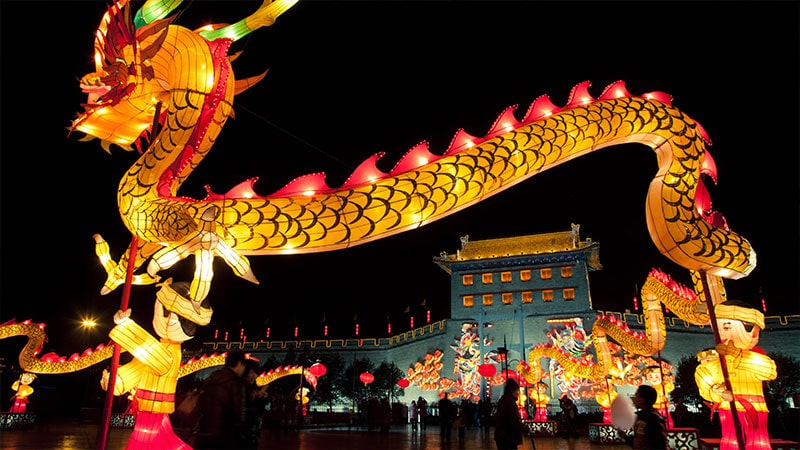
Read more: China’s Ching Ming Festival, an ancient ritual of ancient secrets
Date of Chinese New Year 2025
The date of Chinese New Year 2025 starts on January 29, 2025. This year is known as the year of the wooden snake. The date of Chinese New Year varies based on the Chinese lunar calendar and usually falls between January 21 and February 20.
The Year of the Wood Snake is one of the 12 symbols of the Chinese zodiac cycle that repeats itself every 60 years. In Chinese culture, each zodiac sign has specific characteristics and is influenced by the associated element (wood, fire, earth, metal or water).
Characteristics of the year of the wooden snake
- Snake in the Chinese Zodiac: It symbolizes wisdom, accuracy and mysteriousness, and people born in the year of the snake usually have charming, thoughtful and analytical personalities.
- Wood element: Wood represents growth, creativity and kindness, and people under the influence of the wood element usually have a flexible, generous and stable personality.
- Characteristics of the Year of the Wood Snake: People born in the year of the Wood Snake are often strong-willed and strong-willed.
- Cultural Tips for the Year of the Wooden Snake: The snake is known as an auspicious creature in Chinese culture. The last year of the wooden snake was 1965.

final word
Chinese New Year is seen as an opportunity to renew the spirit, honor traditions and express love to loved ones. This celebration not only represents the rich history and culture of China, but also conveys the message of solidarity, happiness and hope for a better and brighter future. In other words, it can be said that Chinese New Year reminds us that we have a new opportunity for growth, happiness and fulfillment of our dreams.
Frequently asked questions
When does Chinese New Year start?
Chinese New Year is calculated based on the Chinese lunisolar calendar and usually begins between January 21 and February 20 (according to the Gregorian calendar).
Why does the Chinese New Year date vary?
Chinese New Year is based on the lunisolar calendar, which is different from the Gregorian calendar. The calendar is adjusted based on the cycles of the moon and the position of the sun, so the date is variable.
Does the Chinese New Year always start with the new moon?
Chinese New Year begins every year with the first new moon in the Chinese lunisolar calendar.
Click to see the price and buy a tour of China from Star Vank.
Buy a tour of China
Copying of the contents of Setare Vanak Airline Agency is prohibited only by mentioning the source.
RCO NEWS















